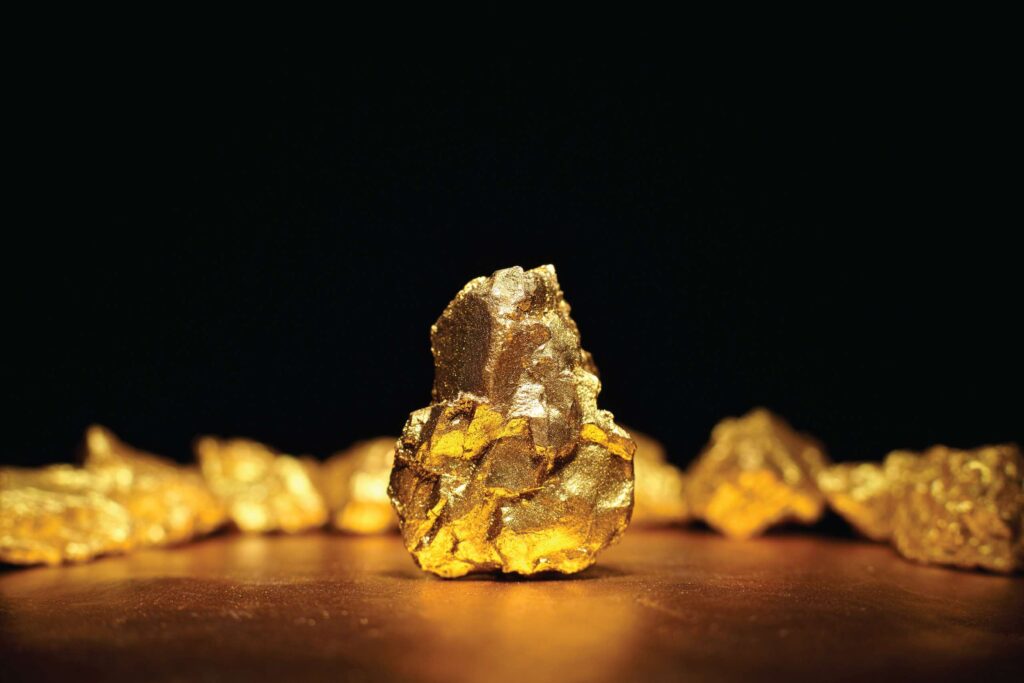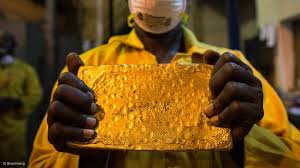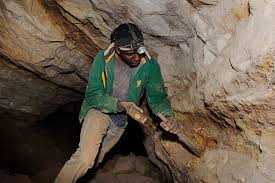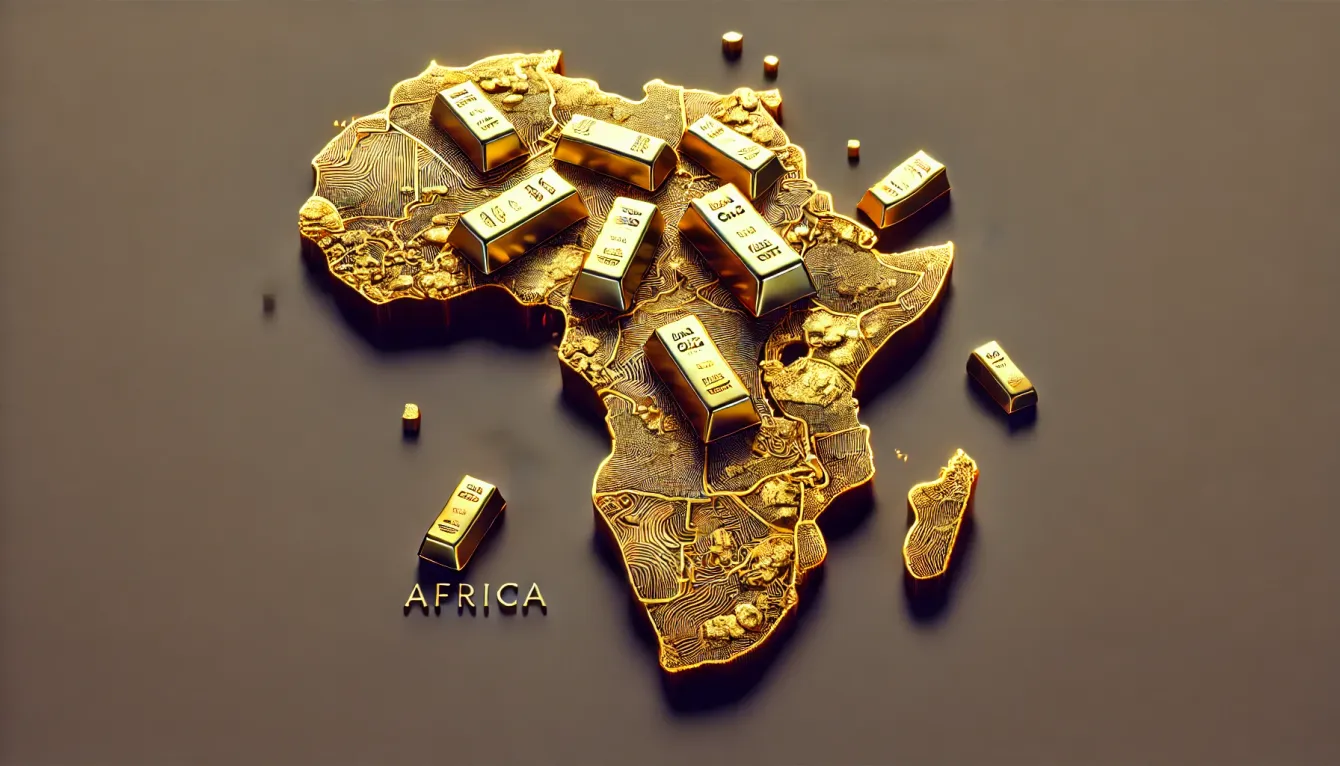Precious Metals

The curse of diamonds: How Zimbabwe’s wealth is failing its people

In fact, Zimbabwe ranks as the seventh- biggest diamond producer in the world with an output of over 5 million carats worth over US$500 million in 2023, according to statistics released by the Kimberley Process Certification Scheme (KPCS).
In terms of diamond output, the Southern African country was only behind Botswana, Russia, Angola, Canada, South Africa, and Namibia.
Zimbabwe is aiming to produce 7 million carats of diamonds this year, and the sector is targeting an annual revenue of US$1 billion.
Based on the Reserve Bank of Zimbabwe (RBZ) figures, the diamond industry accounts for approximately 30% of Zimbabwe’s total mineral exports.
Whereas, the KPCS report that the Marange diamond fields are estimated to have produced over 20 million carats since 2006.
With production and exports soaring to 5 million carats in 2023, one would expect the communities surrounding these diamond-rich areas to be thriving.
The people of Marange, displaced from their ancestral lands by companies like Chinese Anjin Investments, continue to wallow in poverty, their lives a testament to the dark underbelly of Zimbabwe’s diamond boom.
Marange, a region in eastern Zimbabwe, was once home to thriving communities.
However, the discovery of diamonds in 2006 brought chaos.
Over 20,000 people were forcibly evicted from their ancestral lands in Marange to make way for diamond mining, based on Human Rights Watch.
As we speak, according to UNICEF, an estimated 70% of Marange residents lack access to clean water.
The World Health Organization (WHO) reports that infant mortality rates in Marange are 50% higher than the national average.
Yet, promises of compensation and better living conditions remain unfulfilled.
Today, Marange residents struggle to access basic necessities like clean water, healthcare, and education.
Diamond mining has ravaged Marange’s environment.
The once-pristine landscape now resembles a barren wasteland.
Diamond mining in Marange has resulted in the destruction of over 10,000 hectares of forest, according to the Environmental Management Agency (EMA).
The Zimbabwe National Water Authority (ZINWA) says water pollution from mining activities affects over 50% of Marange’s rivers.
A study undertaken by the Midlands State University (MSU) has shown a protracted increase in water quality problems in both Save and Odzi rivers due to the discharge harmful substances from mining operations.
In fact, the Save and Odzi rivers are now a pale shadow of their former selves on account of the massive environmental degradation caused by siltation from the nearby mining activities.
This has forced the people of these areas to fetch water from unsafe sources, exposing them to waterborne diseases.
Deforestation and soil erosion have destroyed fertile land, threatening food security, affecting the livelihoods of 80% of Marange’s farming community, based on the Food and Agriculture Organization (FAO)
The Zimbabwean government’s failure to ensure that diamond revenues benefit local communities is a betrayal of trust.
Where are the schools, hospitals, and roads promised to these communities?
Why have the displaced residents not received fair compensation for their lost livelihoods?
The absence of transparency and accountability in the diamond industry has allowed foreign companies to exploit Zimbabwe’s resources, leaving locals with nothing but dust and despair.
This is not just an economic issue; it’s a human rights crisis.












